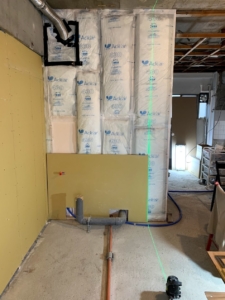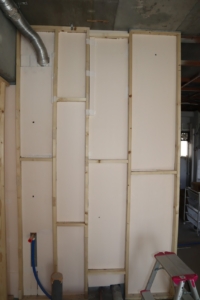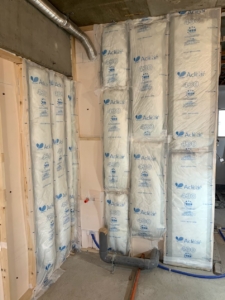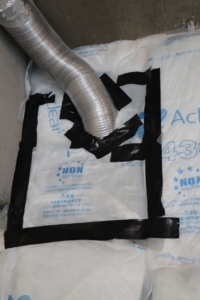
I have been introduced many properties to customers through the real estate brokerage business for over 20 years, but I did not know about “insulation”. However, by doing the wall insulation work by myself, I understood what insulation is. Then, the actual conditions of heat insulation of Japanese houses became clear.
I am ashamed to say that I have not been able to correctly explain such important points to customers and provide real estate property information.

If the apartment is made of reinforced concrete, it will be very cold this winter season if it is not insulated. On the other hand, in summer, the room gets hot like a burning hell. Therefore, the air conditioner is fully rotated to adjust the room temperature. Even if you operate the air conditioner, the sensible temperature in winter changes greatly depending on the presence or absence of heat insulation.
If you do DIY construction on your house, I think that you will install insulation nearly 100% of the time. If you ask a contractor to do insulation work, it will be expensive, so if you rent a house you own to another person or sell it for sale, you will not do insulation work. Insulation construction is a tedious task for a contractor, and for rental apartment owners, the insulation work is simplified because they want to keep construction costs down.

First, studs are erected on the wall to make the wall vertical and flat. The studs are filled with foamed styrofoam or kanelite foam to a thickness of 15 mm to prevent condensation. These insulations are pressed against the concrete wall to secure it, without creating any gaps in the concrete wall. Completely cover the concrete wall with airtight tape to keep air out of the wall.

Then fill it with 50mm glass wool. In this way, I don’t think anyone has done the heat insulation construction of Styrofoam + glass wool, but I think it is a very effective construction method to prevent dew condensation.

The walls are completely airtight to prevent humid air from entering. I think this will prevent condensation even with glass wool.
Cover the glass wool with a moisture-proof sheet and secure it to the surface of the studs with an air tacker. Stick a soundproof sheet on top of it, and then screw the gypsum board onto it.

It seems that many construction shops do not want to do glass wool because it is vulnerable to condensation, but I think that it is a very good heat insulating material if it is installed correctly.

A solid insulation wall has been created.

